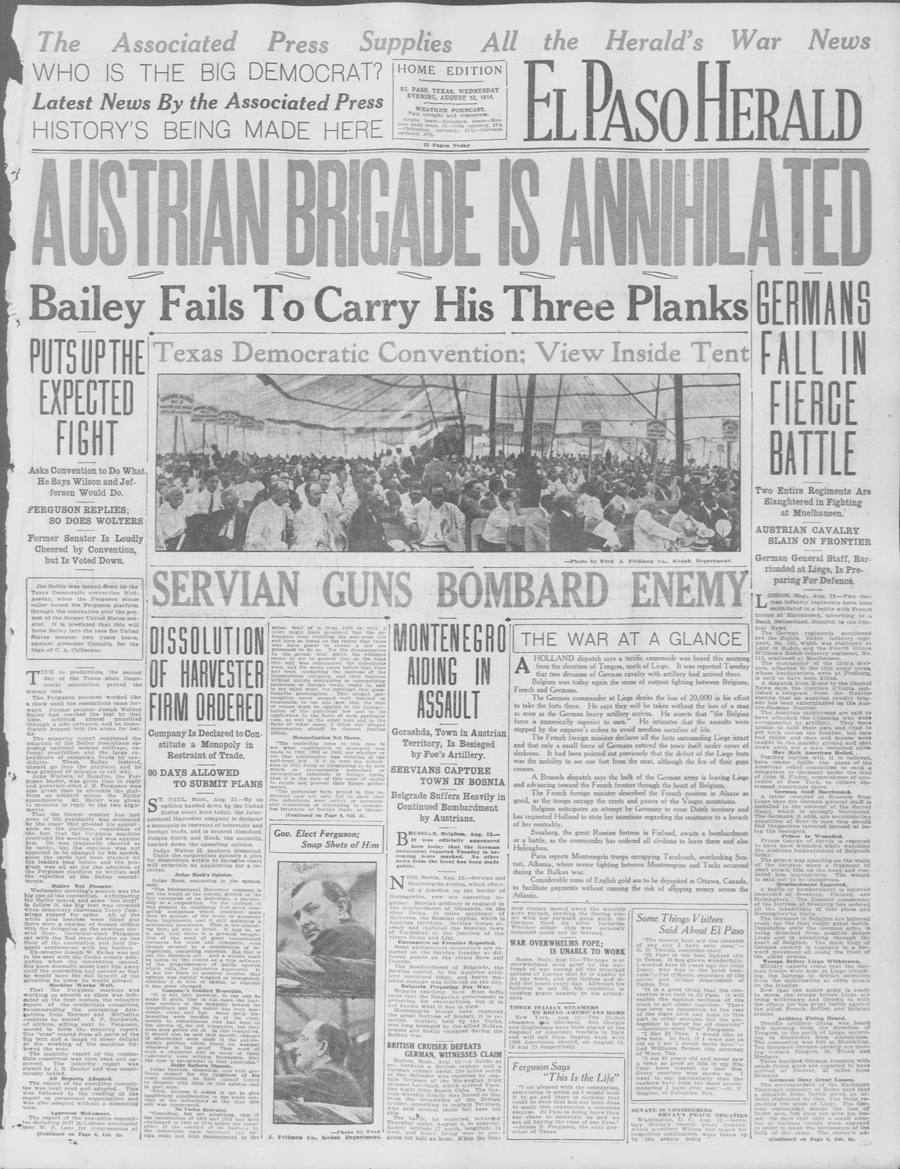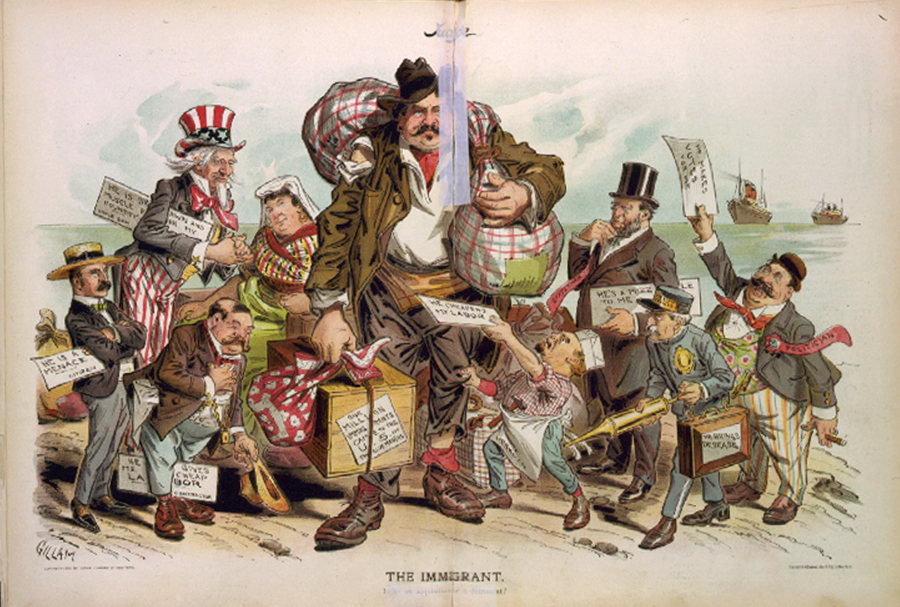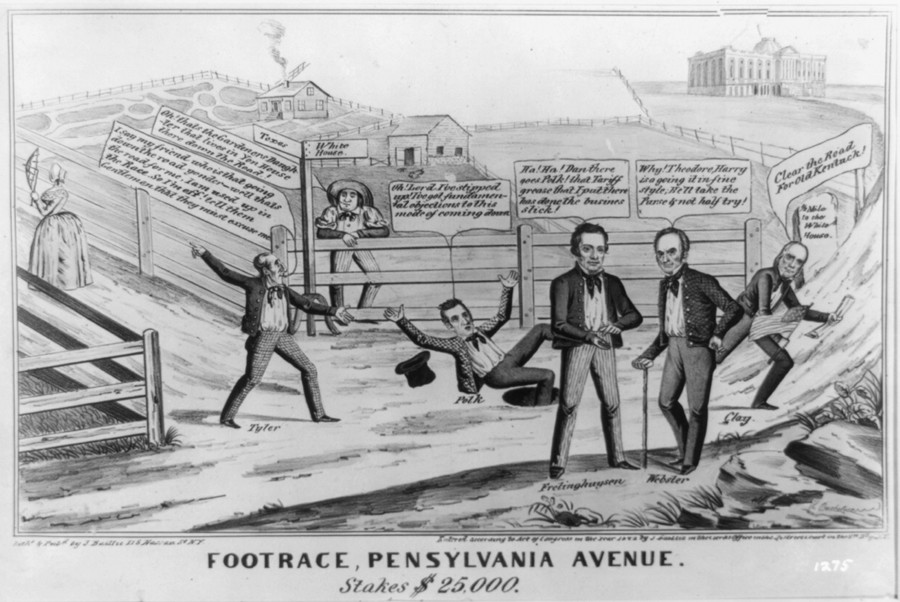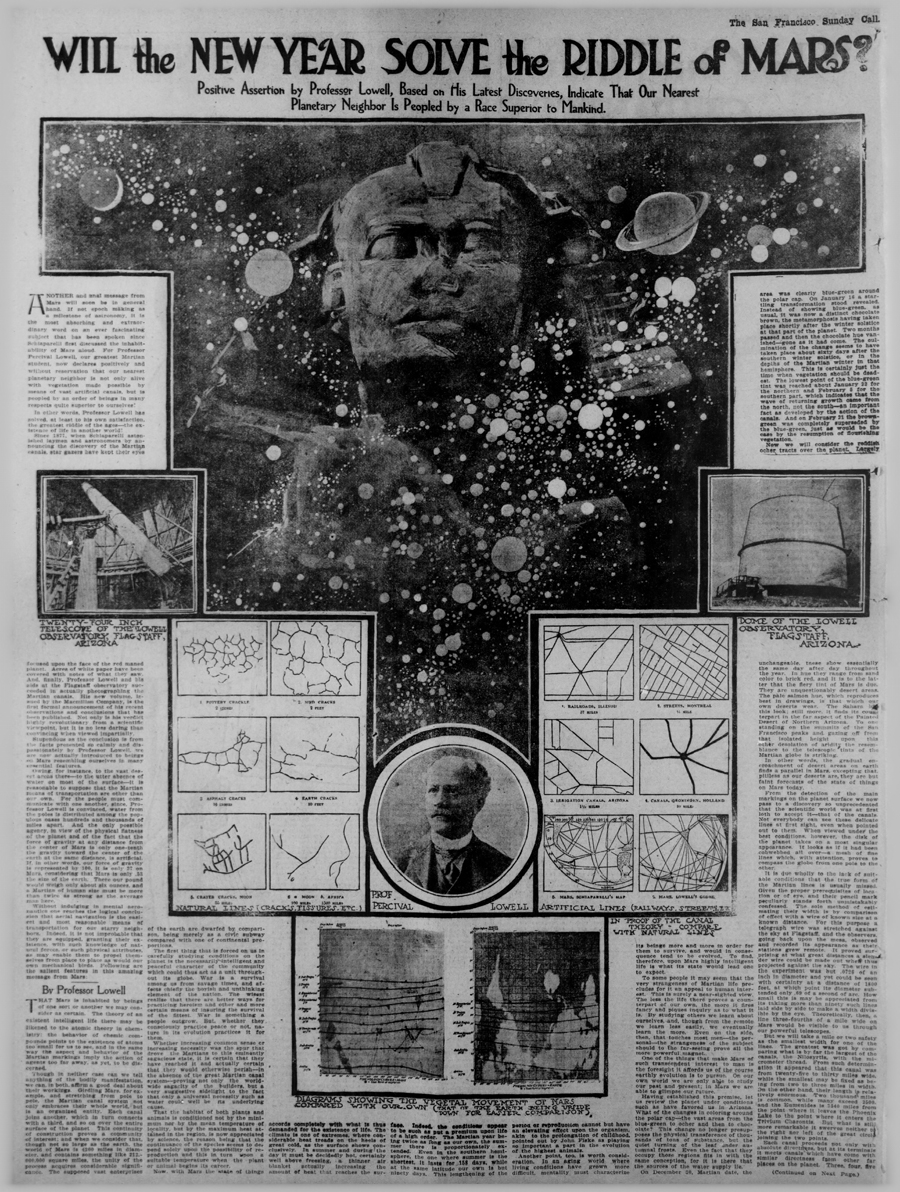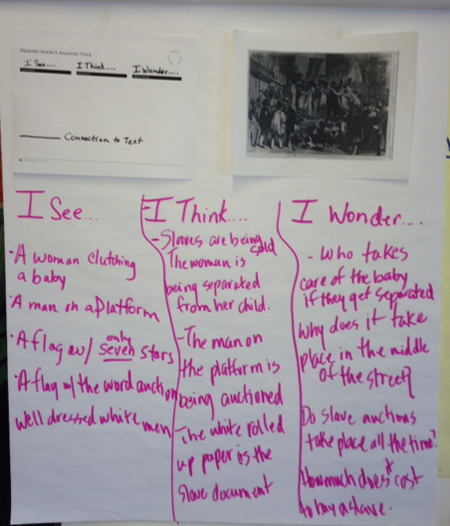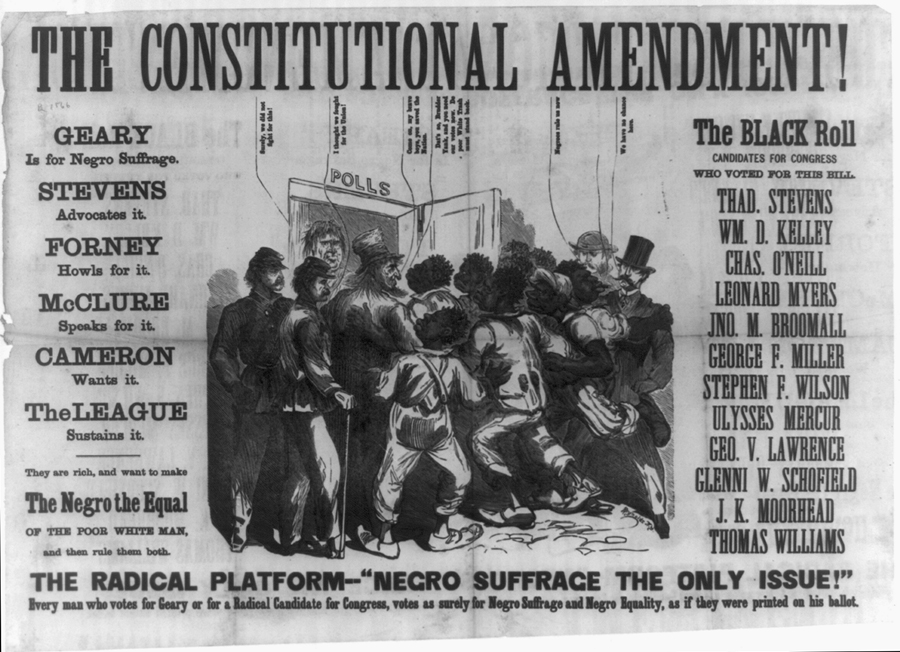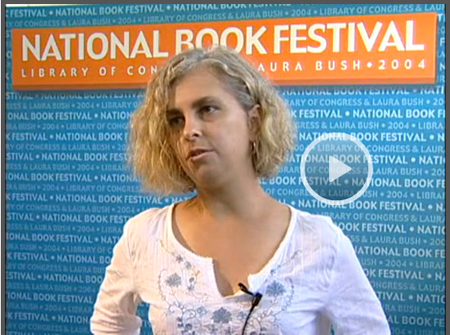Guided Primary Source Analysis: Eagle Map of the United States
Zoom into this map (online | .pdf). How many states do you see? Describe the differences between this 1833 map and a current map of the United States. What impression of the United States do you get from this map? Explain your reaction. Then use details from the source to explain what might have been the…

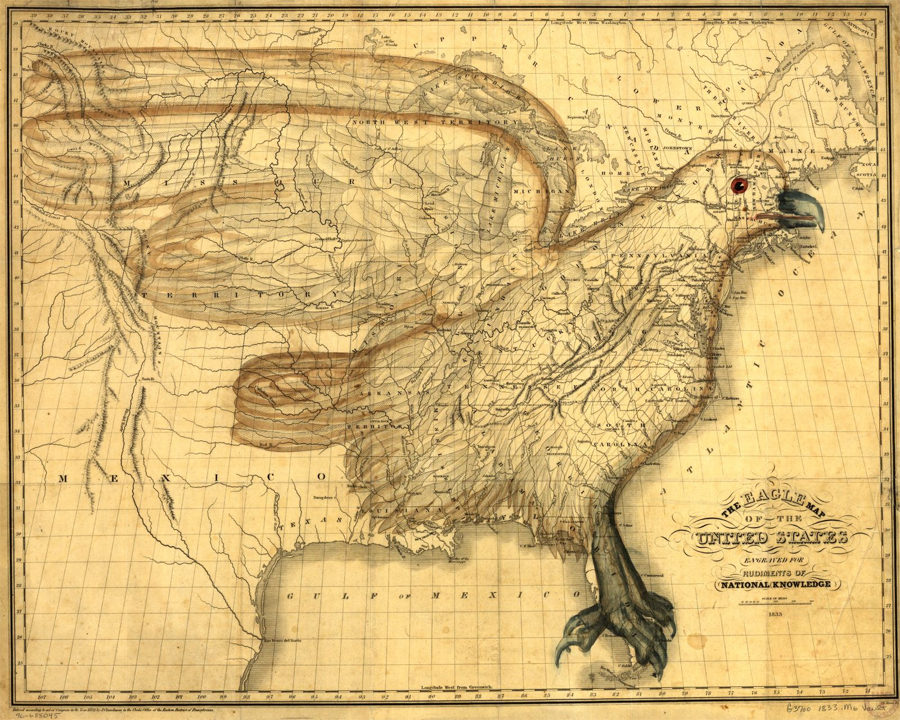
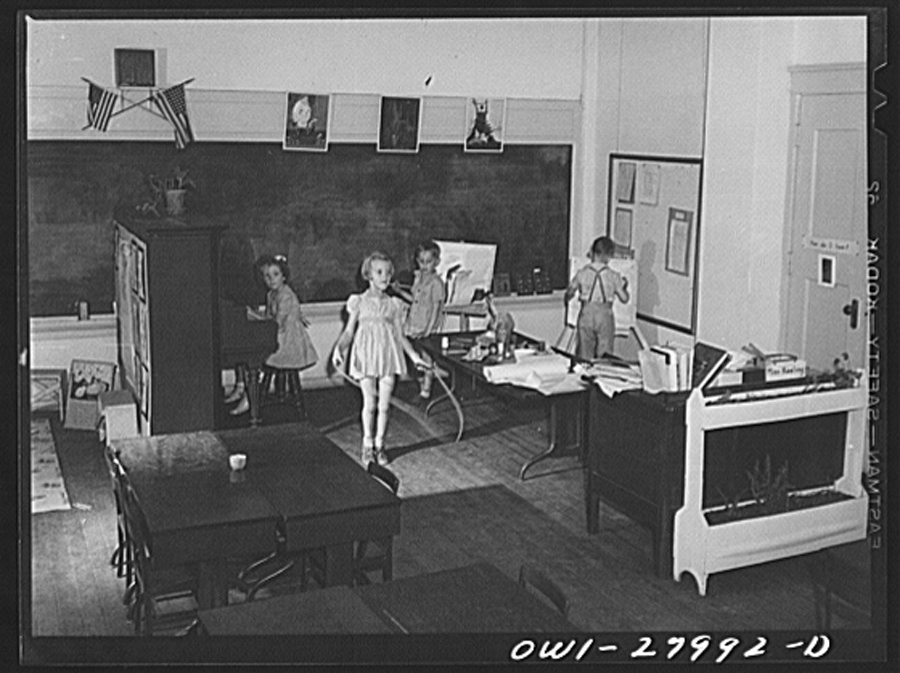
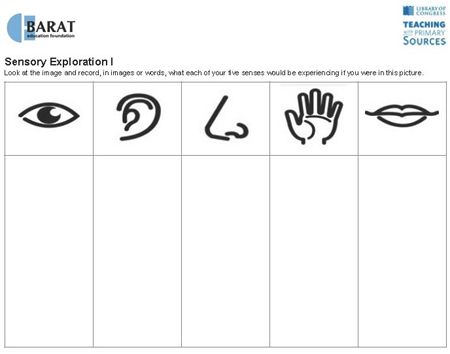
![Gold Medal Flour Ad. New-York tribune. (New York [N.Y.]), 10 March 1900](https://primarysourcenexus.org/wp-content/uploads/2014/08/goldmedalflour.jpg)
